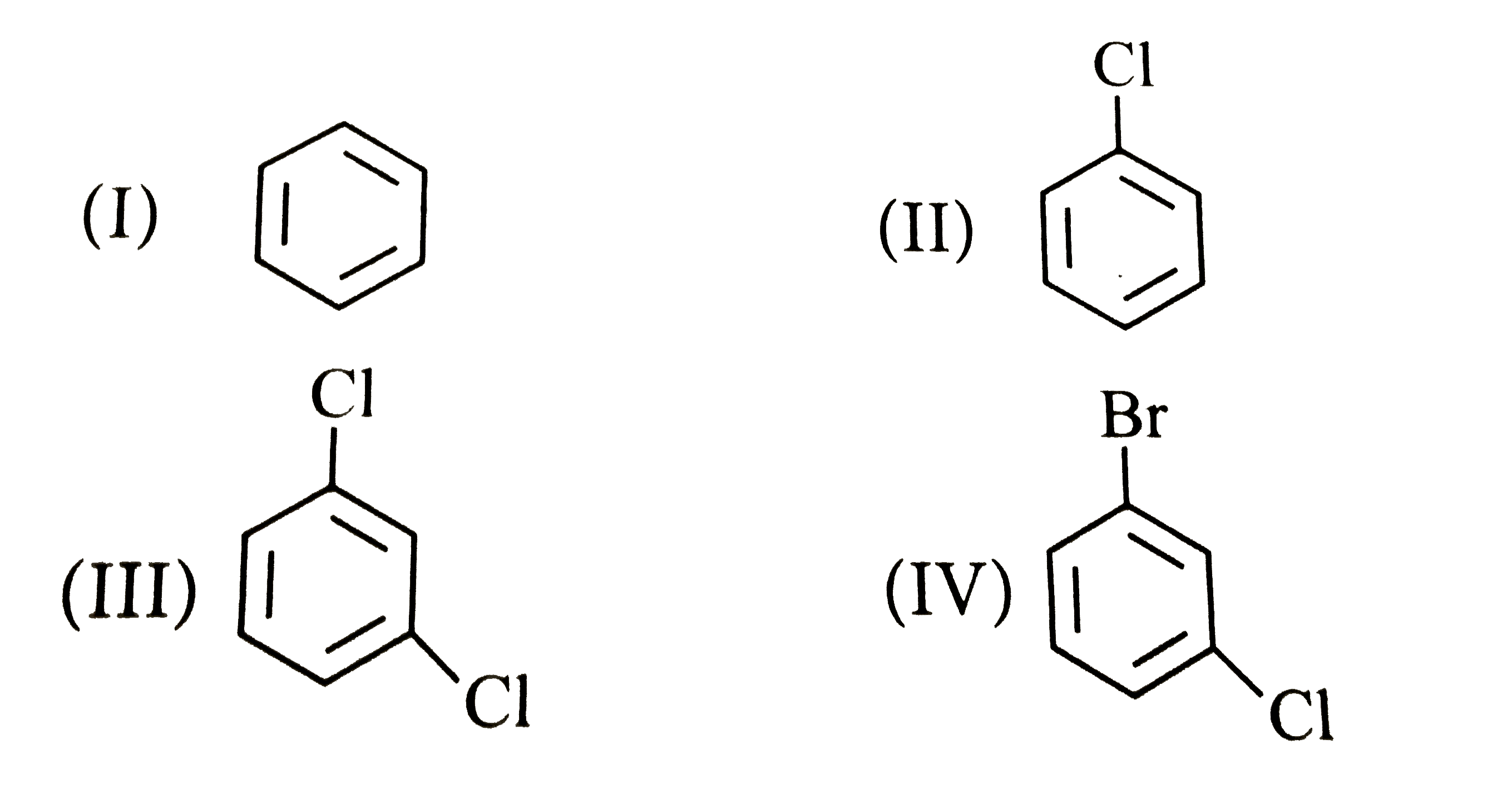Arrange the following metals in the increasing order of their densities. K,Sc, Ti and Ca
K<Ca<Sc<Ti
Ti<Sc<Ca<K
Sc<Ti<K<Ca
Sc<Ti<Ca<K
The correct Answer is:A
To arrange the metals K (Potassium), Sc (Scandium), Ti (Titanium), and Ca (Calcium) in increasing order of their densities, we can follow these steps:
Step 1: Identify the elements and their positions in the periodic table
- Potassium (K) is in Group 1 (alkali metals).
- Calcium (Ca) is in Group 2 (alkaline earth metals).
- Scandium (Sc) is in Group 3 (transition metals).
- Titanium (Ti) is in Group 4 (transition metals).
Step 2: Understand the concept of density
Density is defined as mass per unit volume (Density = Mass/Volume). As we move across a period in the periodic table from left to right, the atomic size generally decreases while the atomic mass increases. This trend affects the density of the elements.
Step 3: Arrange the elements based on their atomic size and mass
- Potassium (K) has a relatively low density due to its larger atomic size and lower mass compared to the others.
- Calcium (Ca) has a higher density than potassium but is still lower than scandium and titanium.
- Scandium (Sc) has a higher density than both potassium and calcium.
- Titanium (Ti) has the highest density among these metals.
Step 4: List the densities of the metals (approximate values)
- Density of K: ~0.86 g/cm³
- Density of Ca: ~1.55 g/cm³
- Density of Sc: ~2.99 g/cm³
- Density of Ti: ~4.51 g/cm³
Step 5: Arrange the metals in increasing order of density
Based on the densities listed:
1. Potassium (K) - 0.86 g/cm³
2. Calcium (Ca) - 1.55 g/cm³
3. Scandium (Sc) - 2.99 g/cm³
4. Titanium (Ti) - 4.51 g/cm³
Final Answer
The increasing order of densities is:
K < Ca < Sc < Ti
---
- Potassium (K) is in Group 1 (alkali metals).
- Calcium (Ca) is in Group 2 (alkaline earth metals).
- Scandium (Sc) is in Group 3 (transition metals).
- Titanium (Ti) is in Group 4 (transition metals).
Density is defined as mass per unit volume (Density = Mass/Volume). As we move across a period in the periodic table from left to right, the atomic size generally decreases while the atomic mass increases. This trend affects the density of the elements.
- Potassium (K) has a relatively low density due to its larger atomic size and lower mass compared to the others.
- Calcium (Ca) has a higher density than potassium but is still lower than scandium and titanium.
- Scandium (Sc) has a higher density than both potassium and calcium.
- Titanium (Ti) has the highest density among these metals.
- Density of K: ~0.86 g/cm³
- Density of Ca: ~1.55 g/cm³
- Density of Sc: ~2.99 g/cm³
- Density of Ti: ~4.51 g/cm³
Based on the densities listed:
1. Potassium (K) - 0.86 g/cm³
2. Calcium (Ca) - 1.55 g/cm³
3. Scandium (Sc) - 2.99 g/cm³
4. Titanium (Ti) - 4.51 g/cm³
The increasing order of densities is:
K < Ca < Sc < Ti
Similar Questions
Knowledge Check
- Question 1 - Select One
Arrange the following in increasing order of basicity.
 AI<II<IIIBIII<I<IICIII<II<IDII<III<I
AI<II<IIIBIII<I<IICIII<II<IDII<III<I - Question 2 - Select One
Arrange the following in increasing order of basicity :
 AS<Q<R<PBS<Q<P<RCS<R<P<QDP<Q<R<S
AS<Q<R<PBS<Q<P<RCS<R<P<QDP<Q<R<S
Arrange the following compounds in the increasing order in their densities.
 View Solution
View SolutionArrange the alkali metals in increasing order of their density.
View SolutionArrange the alkali metals in increasing order of their density.
View SolutionArrange the follwing metals in the increasing order of their reactivitites.
Copper, Zinc, Aluminimum and IronView SolutionArrange the following on the increasing order of acidic hydrogen.
 View Solution
View SolutionArrange the following comounds in the increasing order densities.
 View Solution
View Solution


